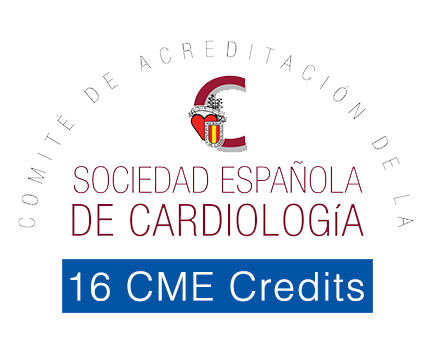
Syed M S Mujtaba
Freeman Hospital, UK
Title: Extended trans-septal versus left atrial approach in mitral valve surgery: 1017 patients experience
Biography
Biography: Syed M S Mujtaba
Abstract
Statement of the Problem: The mitral valve may be accessed directly through the left atrium but visualization can sometimes be challenging. A trans-septal inter-atrial approach provides better exposure and easy access for concomitant tricuspid procedures especially in difficult cases. This retrospective study evaluates the safety and effectiveness of the extended vertical trans-septal approach for routine mitral valve exposure.
Methodology & Theoretical Orientation: 1017 consecutive patients undergoing an isolated primary mitral valve procedure (repair/replacement) through a median sternotomy were retrospectively studied between 2000 and 2015. 135 patients were operated by extended vertical trans-septal approach (EVTSA, group A) while 882 patients underwent a traditional left atrial (LA, group B) approach.
Findings: There were 135 patients (M/F=56/79) in group A and 882 patients (M/F=398/484) in group B. Logistic EuroSCORE was significantly lower in EVTSA group (0.61 vs. 0.90 p=0.000001). In the LA group, there were more patients with pre-operative TIA or stroke (94 vs. 6, p=0.005). Cumulative cross clamp time was 82 (44-212) minutes (EVTSA) and 78 (30-360) minutes (LA) groups (p=0.271) while cardiopulmonary bypass time was 107 (58-290) and 114 (43-602) minutes respectively (p=0.121). Post-operative blood loss was 415 ml (EVTSA) versus 427(LA) ml (p=0.273). No significant difference was found in the incidence of post-operative atrial fibrillation (p=0.22) or heart block requiring permanent pacemaker (p=0.14).
Conclusion & Significance: An extended vertical trans-septal approach to the mitral valve is safe and reproducible. It gives excellent exposure of the mitral valve under all circumstances without any significant increase in cross clamp or bypass time, post-operative arrhythmia, heart block/pacemaker rate or bleeding.

